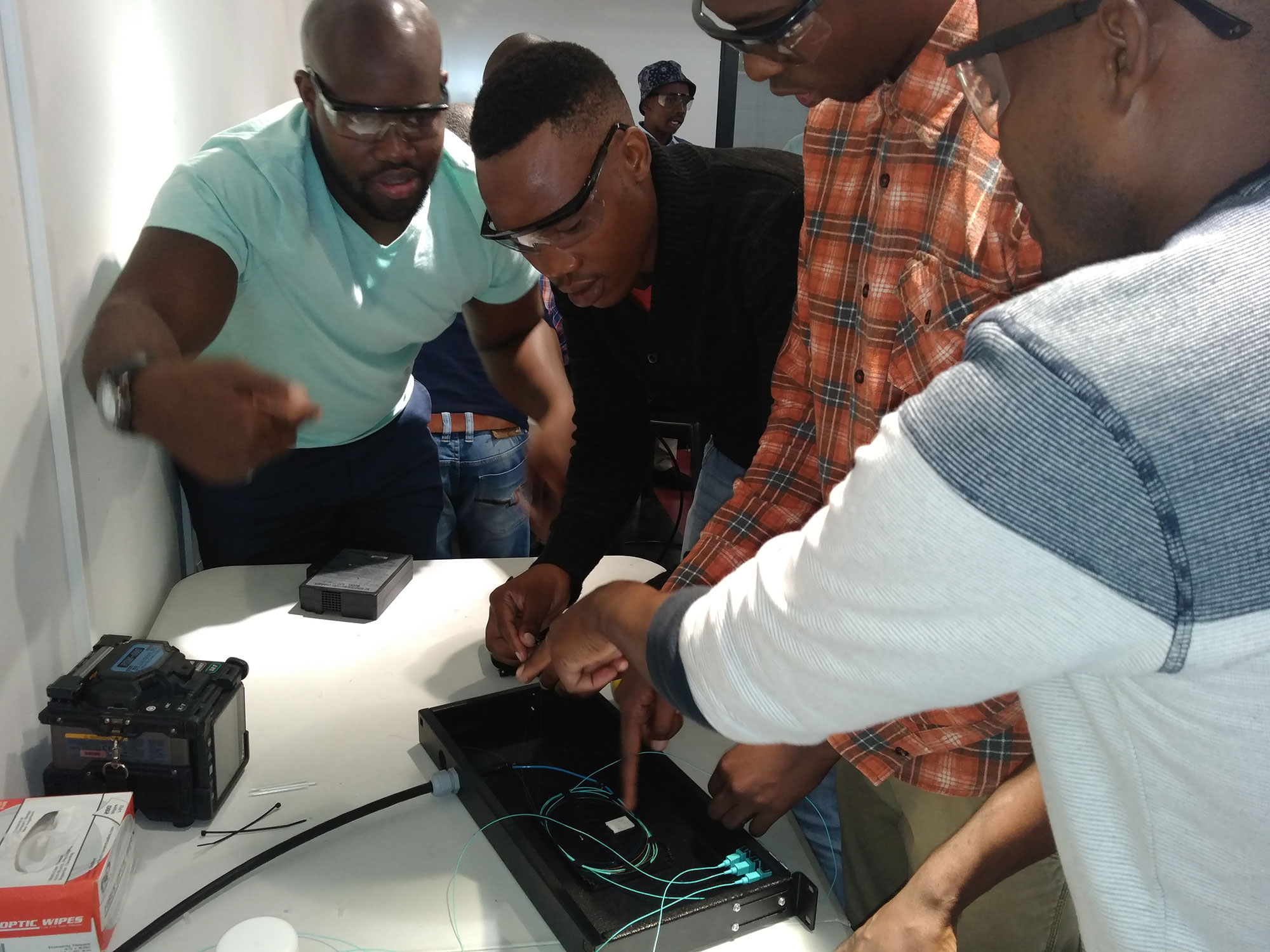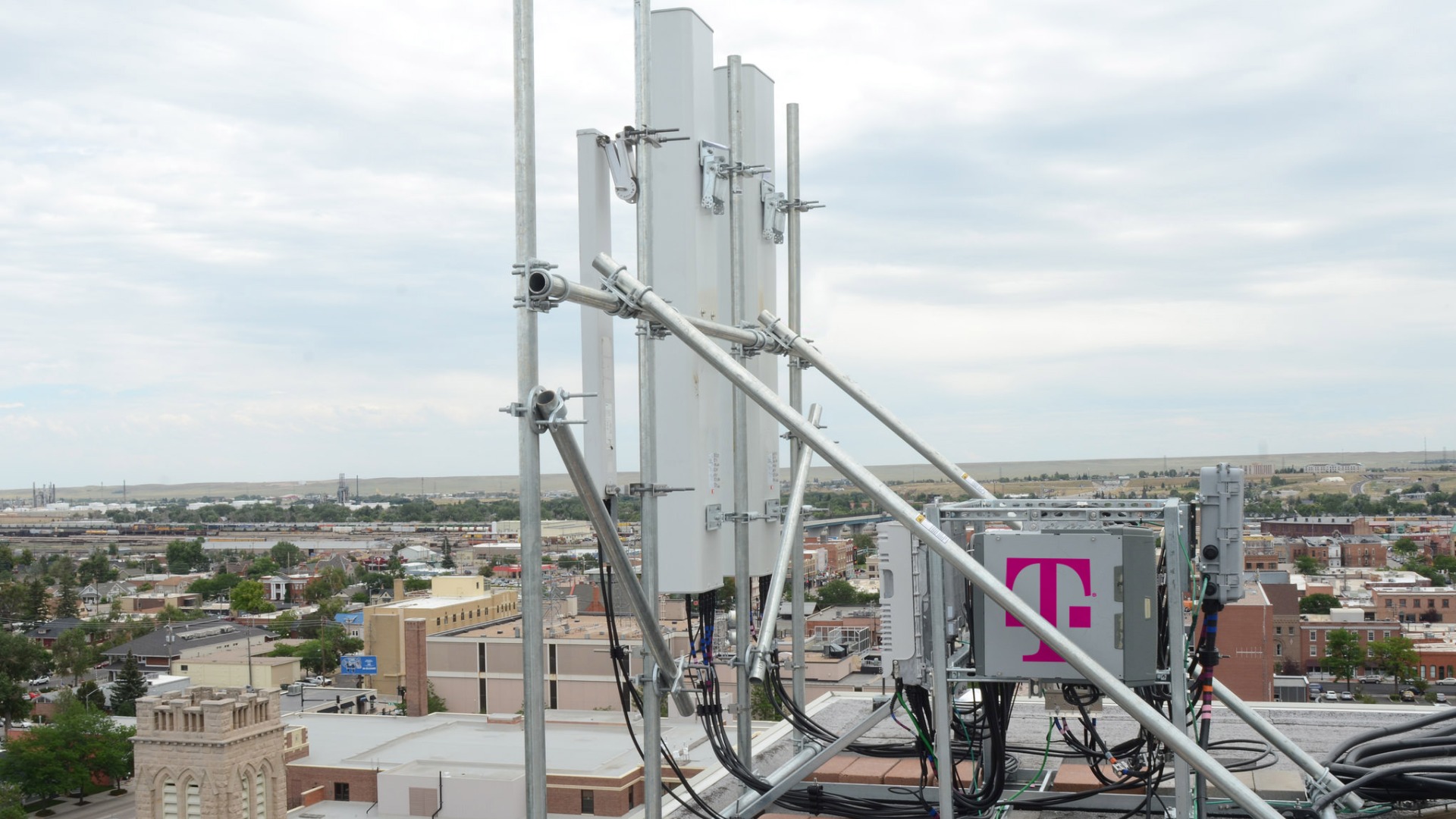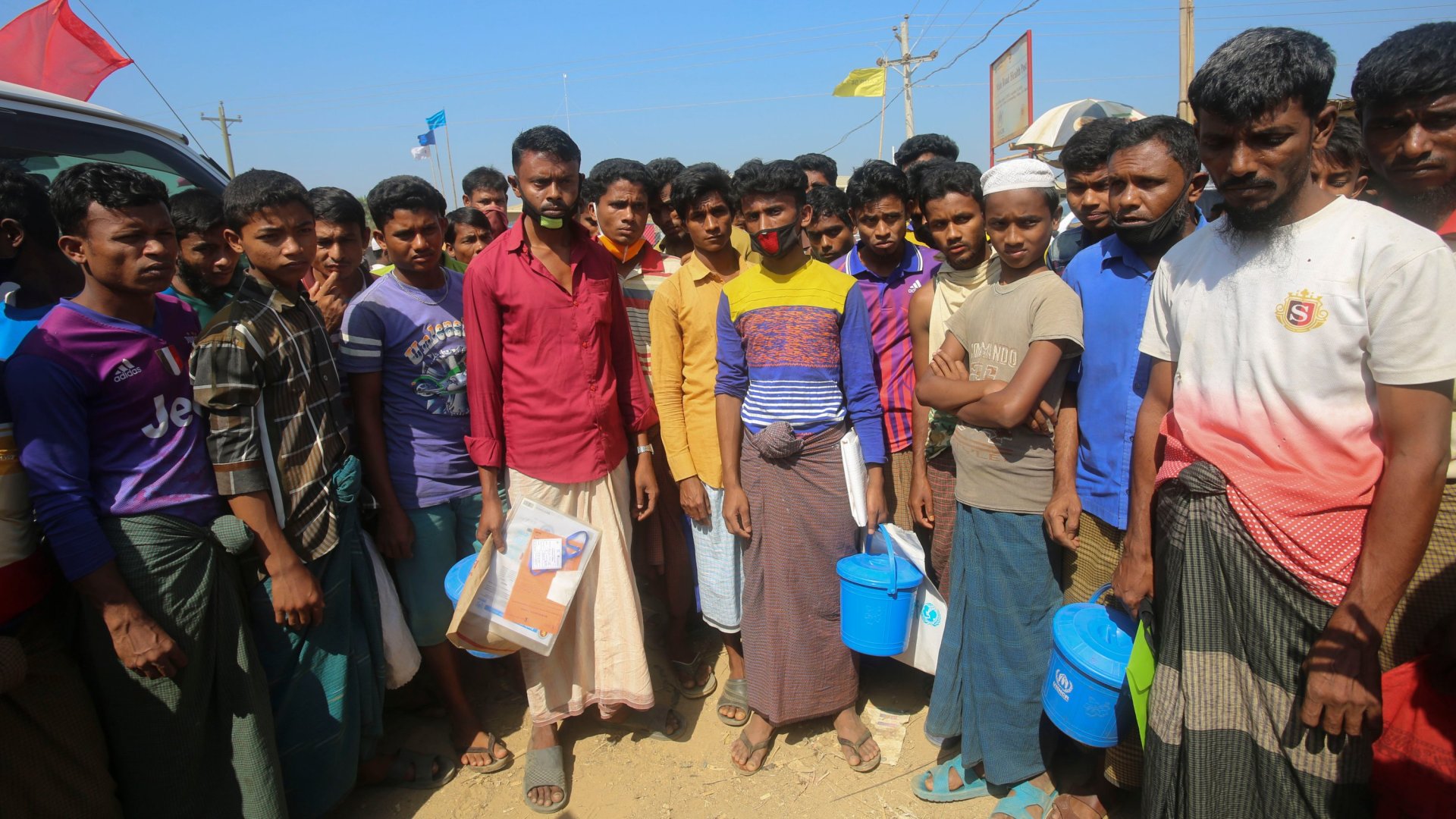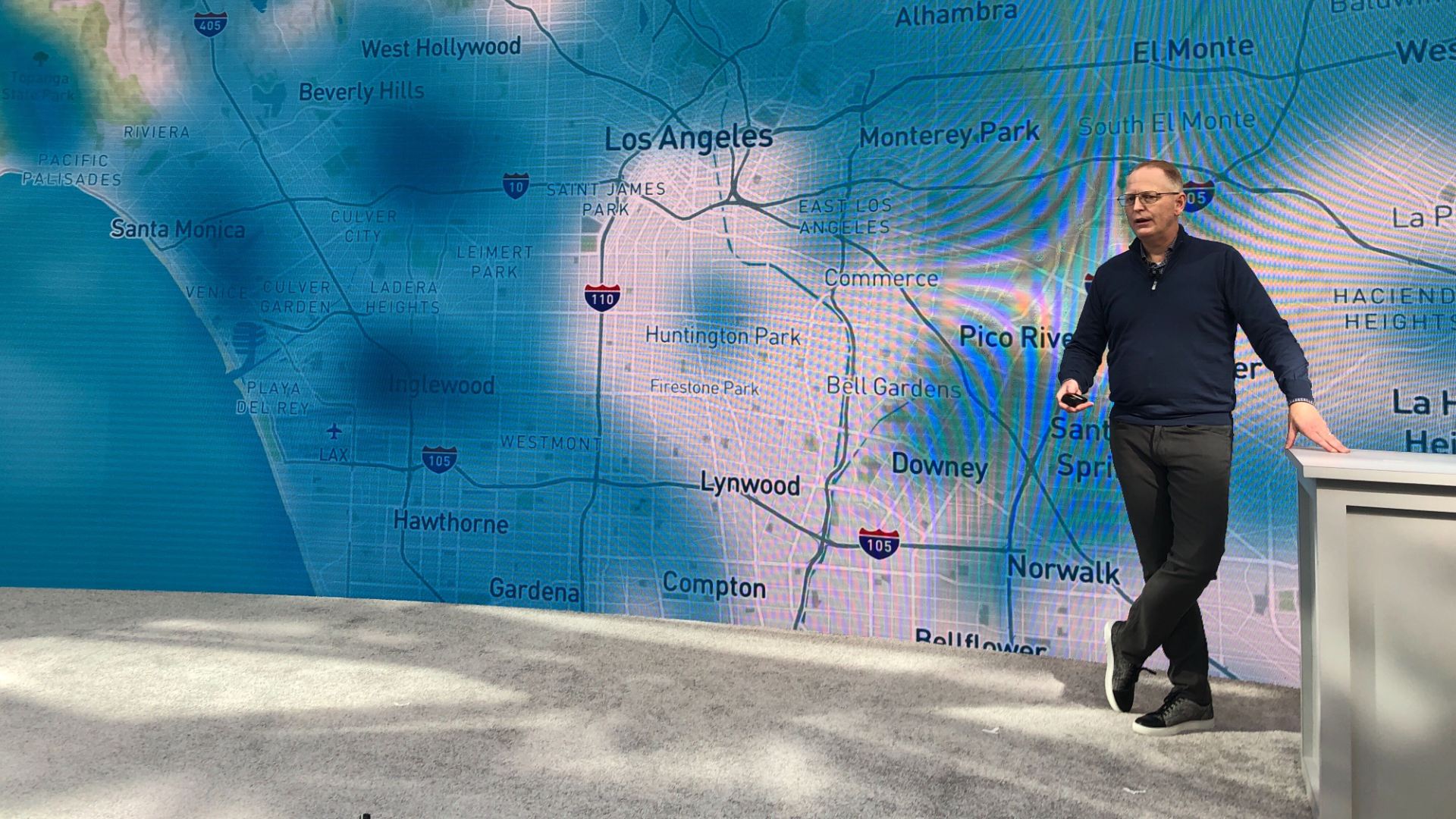Soufriere of the island of St. Vincent is about 180 miles (300 km) south of the volcano with the same name on Guadeloupe.
However, Soufriere on St. Vincent is a far more dangerous volcano. Soufriere St. Vincent is the northernmost and youngest volcano on St. Vincent Island.
The 1.6-km wide summit crater, whose NE rim is cut by a crater formed in 1812, lies on the SW margin of the 2.2-km-wide Somma crater, which is breached widely to the SW as a result of slope failure.
The first historical eruption of the volcano took place during 1718; it and the 1812 eruption produced major explosions.
Much of the northern end of the island was devastated by a major eruption in 1902 that coincided with the catastrophic Mont Pelée eruption on Martinique.
A lava dome was emplaced in the summit crater in 1971 during a strictly effusive eruption, forming an island in a lake that filled the crater prior to an eruption in 1979.
The lake was then largely ejected during a series of explosive eruptions, and the dome was replaced with another.
It is a stratovolcano with a crater lake. Violent eruption occurred in 1718, 1812, and 1902.
The 1902 eruption killed 1,600 people. There were also eruptions in 1971-1972 and 1979. The 1979 eruption started with less than 24 hours of precursor activity.
The first episode lasted less than two weeks. It was vulcanian in character and sent steam and tephra as high as 12 miles (20 km).
The second episode consisted of the quiet extrusion of a basaltic andesite lava dome.
People were successfully evacuated and there were no fatalities.

The La Soufrière volcano first erupted on Friday, blanketing the island in a layer of ash and forcing some 16,000 people to evacuate their homes.
Scientists warn that eruptions could continue for days – or even weeks.
Emergency officials described the landscape as a “battle zone” and said more damage and destruction was likely.
The emergency management organization Nemo tweeted: “Massive power outage following another explosive event at La Soufriere Volcano. Lightning, thunder and rumblings.”
It later spoke of “possible destruction and devastation of communities close to the volcano”, and compared the eruption to that of 1902, the worst in St Vincent’s history when more than 1,000 people were killed.
White-coloured dust has covered buildings and roads around the island, including in its capital Kingstown.
Ash had begun to harden on the ground after overnight showers and many homes were still without water and electricity, Nemo said.
However, some residents said power had been restored by midday local time (16:00 GMT).
How are residents coping?
Nemo is urging people to “be careful on the roads, which have become treacherous as a result of the ash flow”.
Prime Minister Ralph Gonsalves said water supplies to most of the island had been cut off and its airspace closed because of the smoke and thick plumes of volcanic ash moving through the atmosphere.
Mr Gonsalves said thousands of residents had been sleeping in emergency shelters since Friday. “It’s a huge operation that is facing us,” he told NBC News.
He said earlier that a lot of volcanic ash had fallen over the sea. “We don’t know how much more is going to come out… so far, we have done well in that nobody got injured, nobody is dead.”
The Barbados Defence Force has been deployed to St Vincent to provide humanitarian assistance as part of a disaster response mission, the Caribbean Disaster Emergency Management Agency said.
Homes across the island, which has a population of around 110,000, have been covered in white-coloured volcanic dust and rock fragments.
It prompted warnings from officials to stay indoors, while emergency groups advised caution for those suffering with respiratory problems.
“Be careful all. We are covered in ash and strong sulphur scents pervade the air. We ask that you take the necessary precautions to remain safe and healthy,” Nemo said.



















